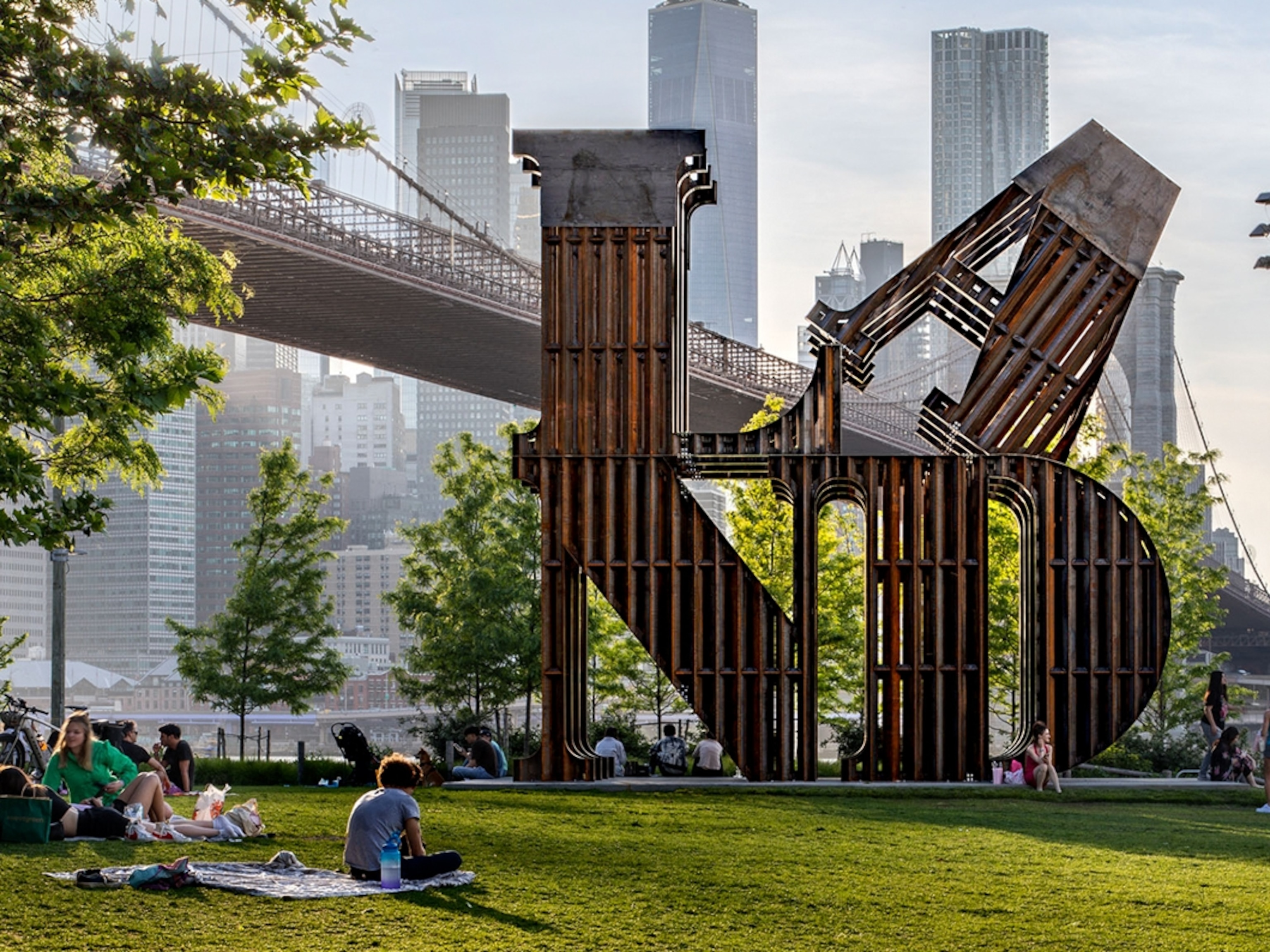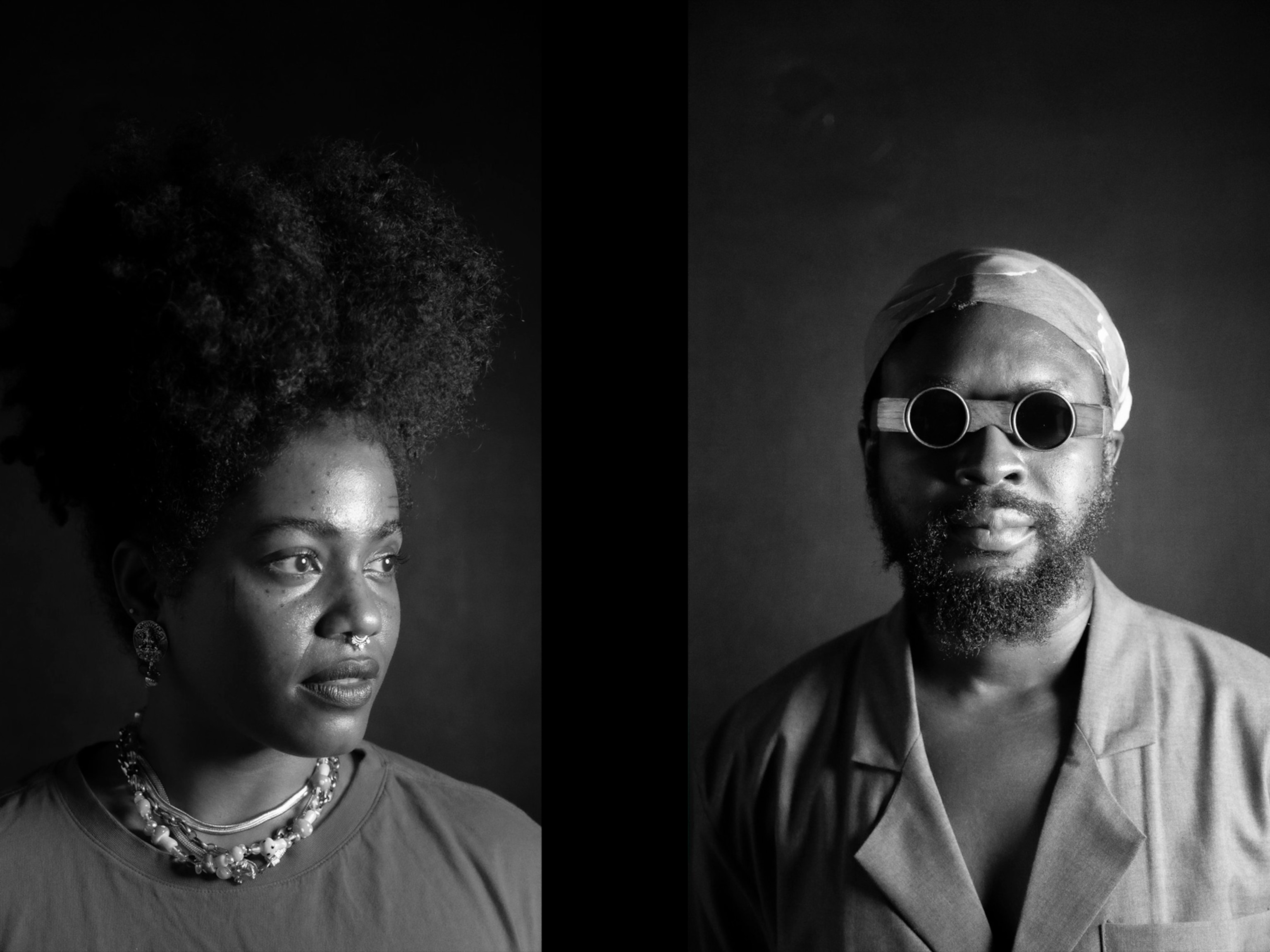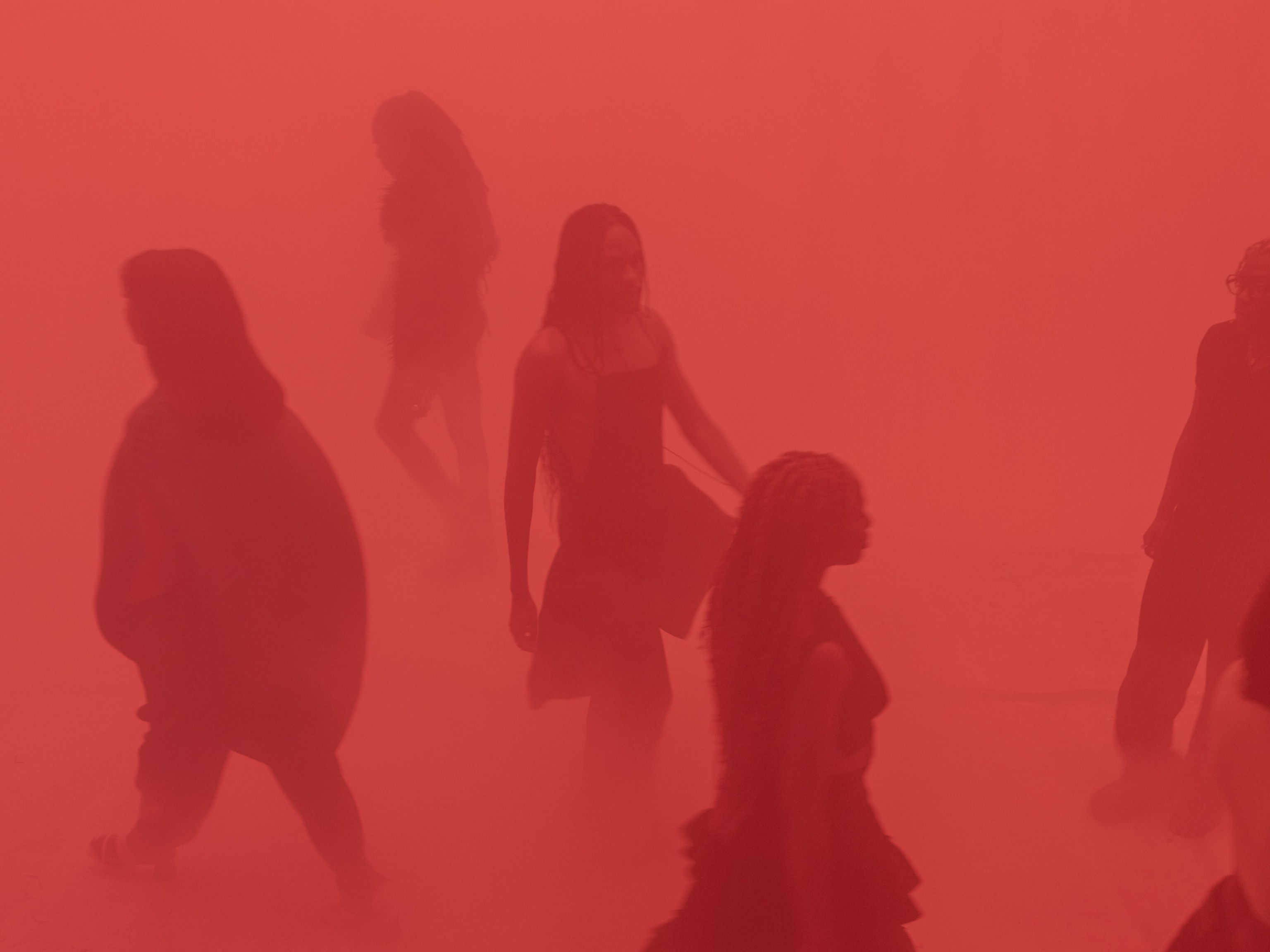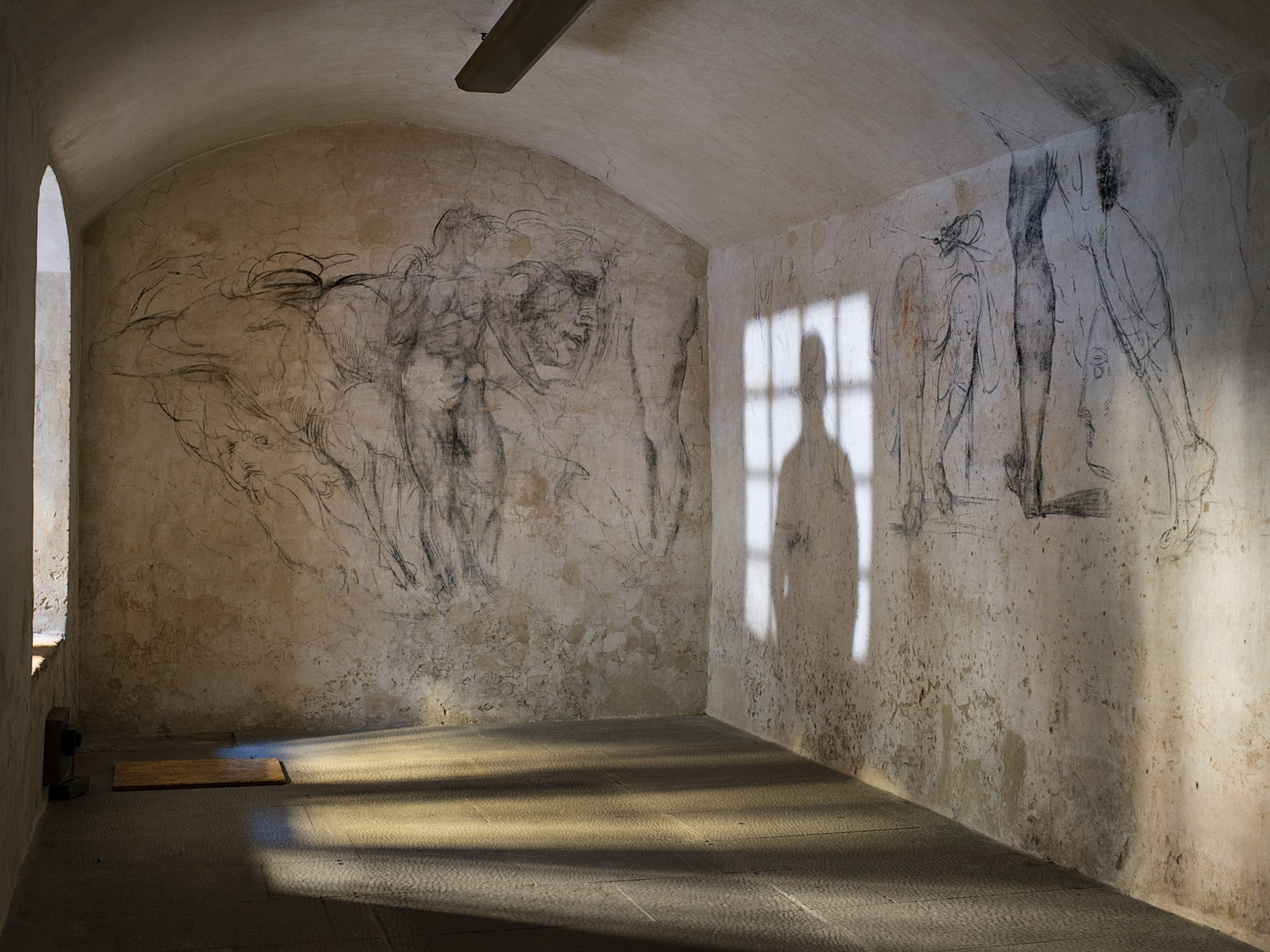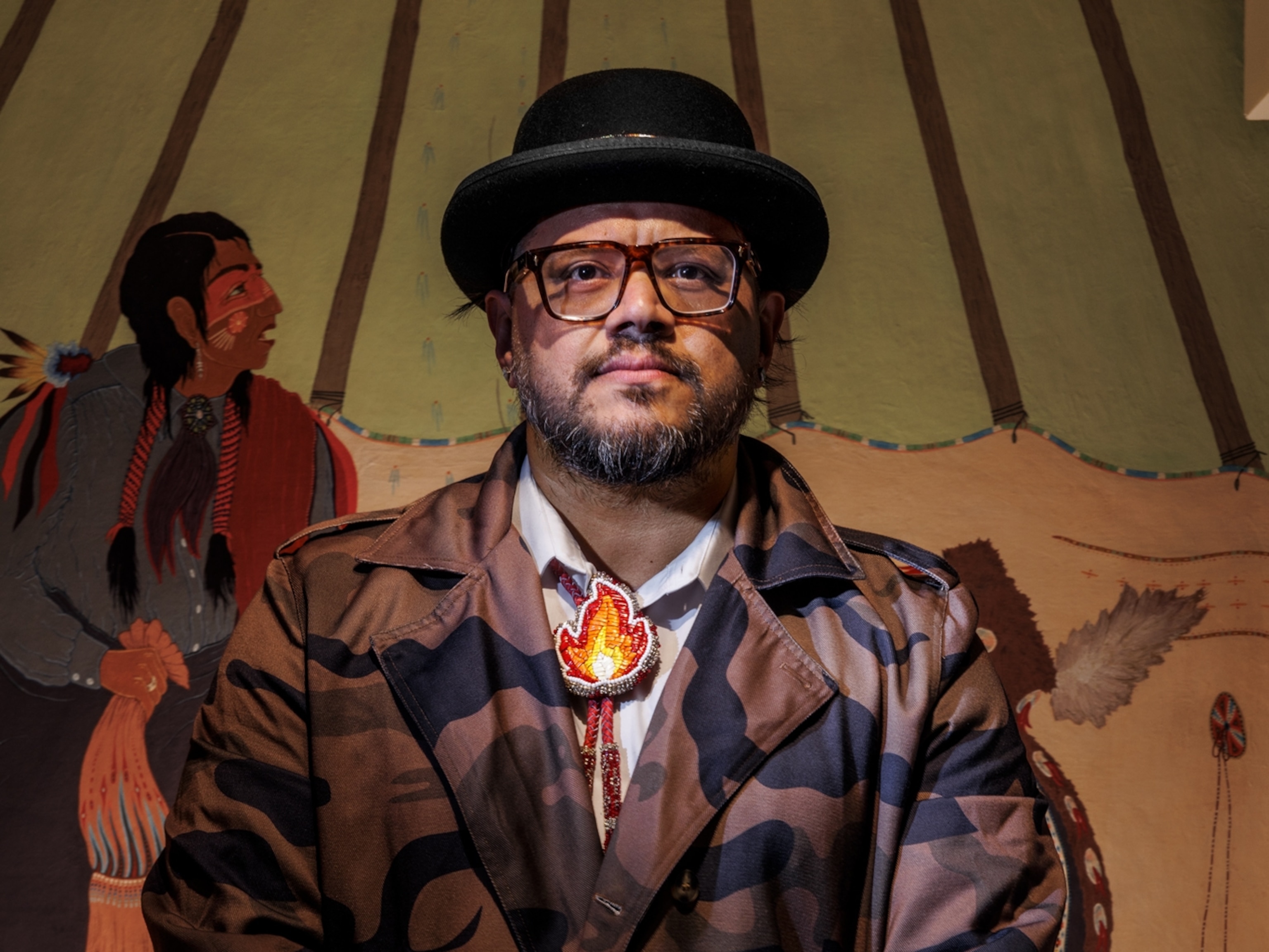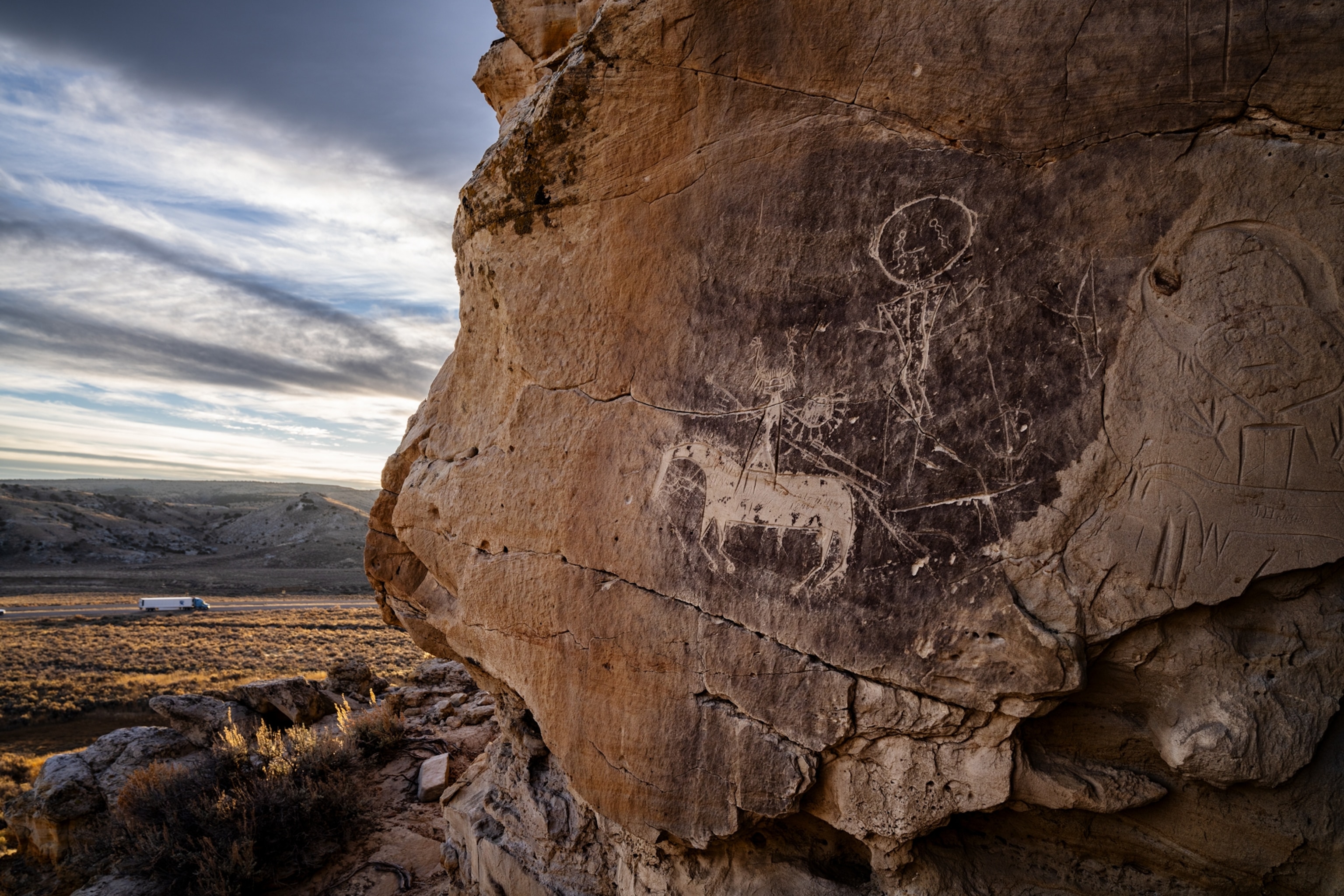
See how ancient Indigenous artists left their mark on the landscape
For millennia, Indigenous peoples etched and painted their stories across present-day North America. Today, everyone can still learn from that rich cultural heritage.
There is so much we don’t know for certain about ancient Indigenous artwork.
When precisely was it made? What exactly did it mean to its creators?
And yet there is still so much to be learned from these works carved into rock, painted on stone, drawn in mud, or built into the Earth’s surface. Perhaps most important is that thriving Native American societies, including my own, have inhabited Turtle Island, as many tribal peoples prefer to call North America, for tens of thousands of years.
(North America’s Native nations reassert their sovereignty: ‘We are here’.)
Considered alongside a contemporary Native reckoning—with historic Indigenous representation across everything from politics to pop culture—these sophisticated petroglyphs, pictographs, and geoglyphs help connect our past to present to future. For Native-descendant communities, this art represents a return home and a revitalization of the traditional lifeways that were all but destroyed by colonialism.
“We’re so lucky that we still have our religion, our culture, and our language; every tribal nation understands the fight to preserve those,” says Chief Ben Barnes of the Shawnee Tribe, whose ancestors likely built the Serpent Mound effigy in Ohio. “Many Americans have forgotten that land itself can be sacred, that spaces can be holy. Here in the Americas, our holy spaces are Indigenous.”
Photographer Stephen Alvarez has been documenting natural wonders for nearly three decades. He founded the nonprofit Ancient Art Archive in 2016 to act as a living record of prehistoric paintings and engravings worldwide. Now he has focused his lens on America’s murals—an effort to put this nation’s 250th anniversary, in 2026, in the context of millennia-old history. “The landscape tells its own story,” says Alvarez. “What happened to it over time, who lived there, and what they did. You cannot separate the artwork and the landscape.”
(A photographer makes luminous images of Mexico’s Indigenous people.)
For the archaeologists, anthropologists, ethnographers, artists, and other knowledge keepers—both Native and non-Native—who have spent much time studying and preserving these artworks, they are masterpieces, as well as miracles, withstanding the elements for centuries so people may wonder at and about them today.
None of us want to fade away without having made our mark on the landscape.Joe Watkins, Archaeologist (Choctaw Nation)
“None of us want to fade away without having made our mark on the landscape,” says archaeologist Joe Watkins (Choctaw Nation), who works on Alvarez’s Mural of America project. “Rock art gives us an opportunity to share insights from people who no longer walk this Earth.”
For everyone, this artwork is a call to recognize and revere the legacies that ancient Indigenous peoples left behind. It’s an urging to acknowledge the traumas that our communities have endured on Turtle Island and beyond. And it’s a reminder that Native Americans have long been here—and that our voices, stories, and art from the past matter just as much as what we’re creating today and what we’ll create tomorrow.
(3D scans reveal largest cave art in North America.)
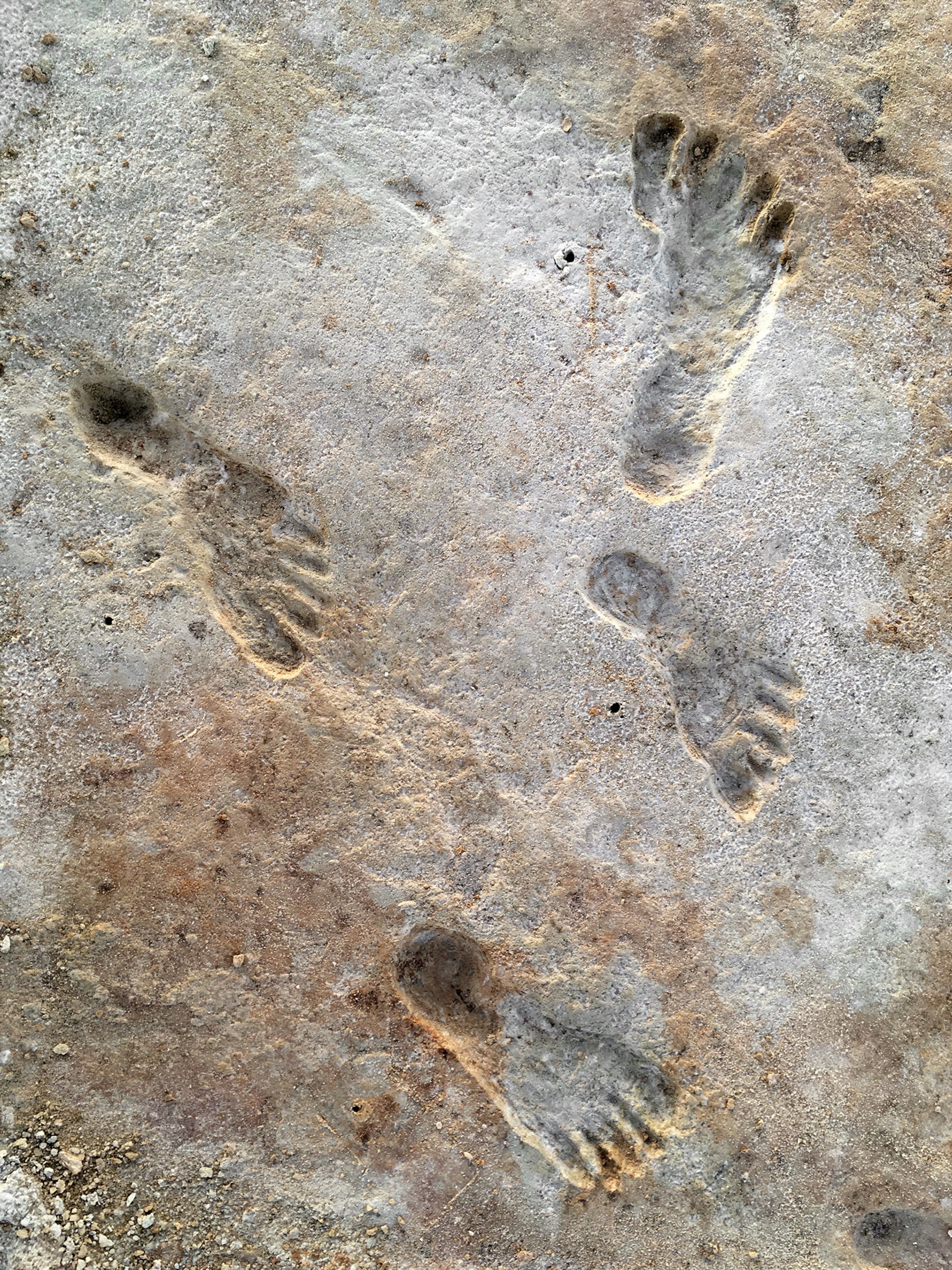
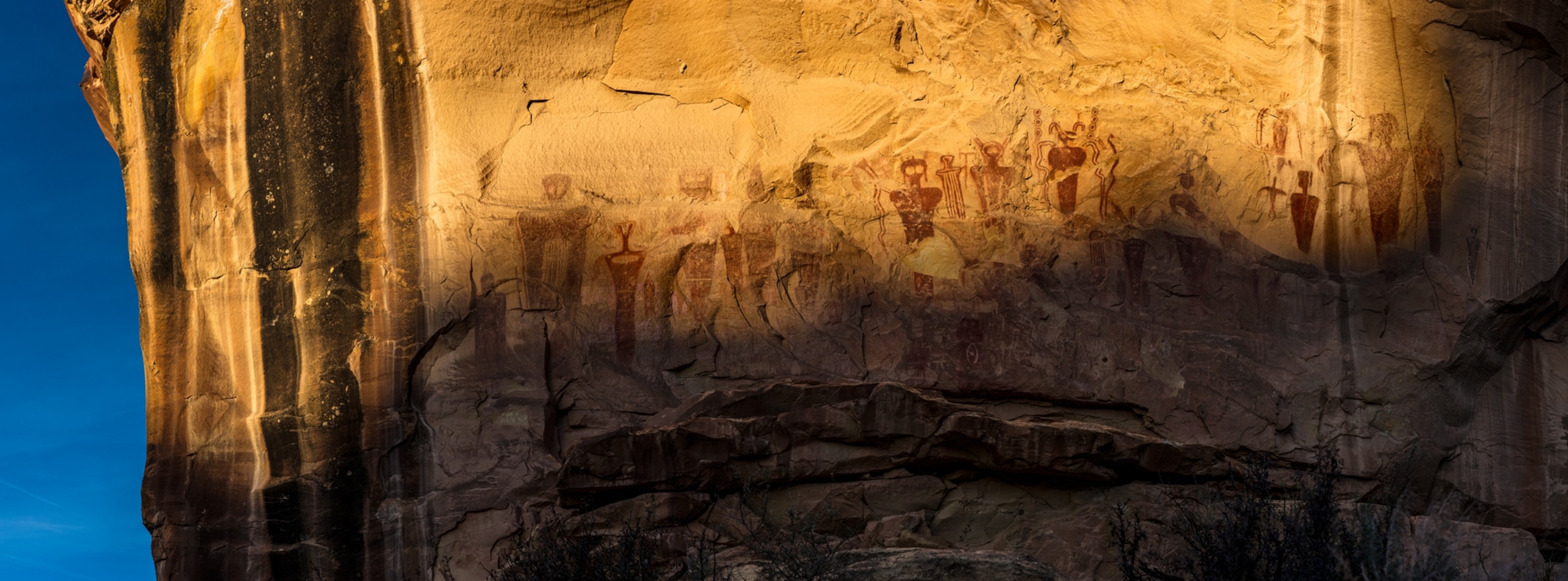
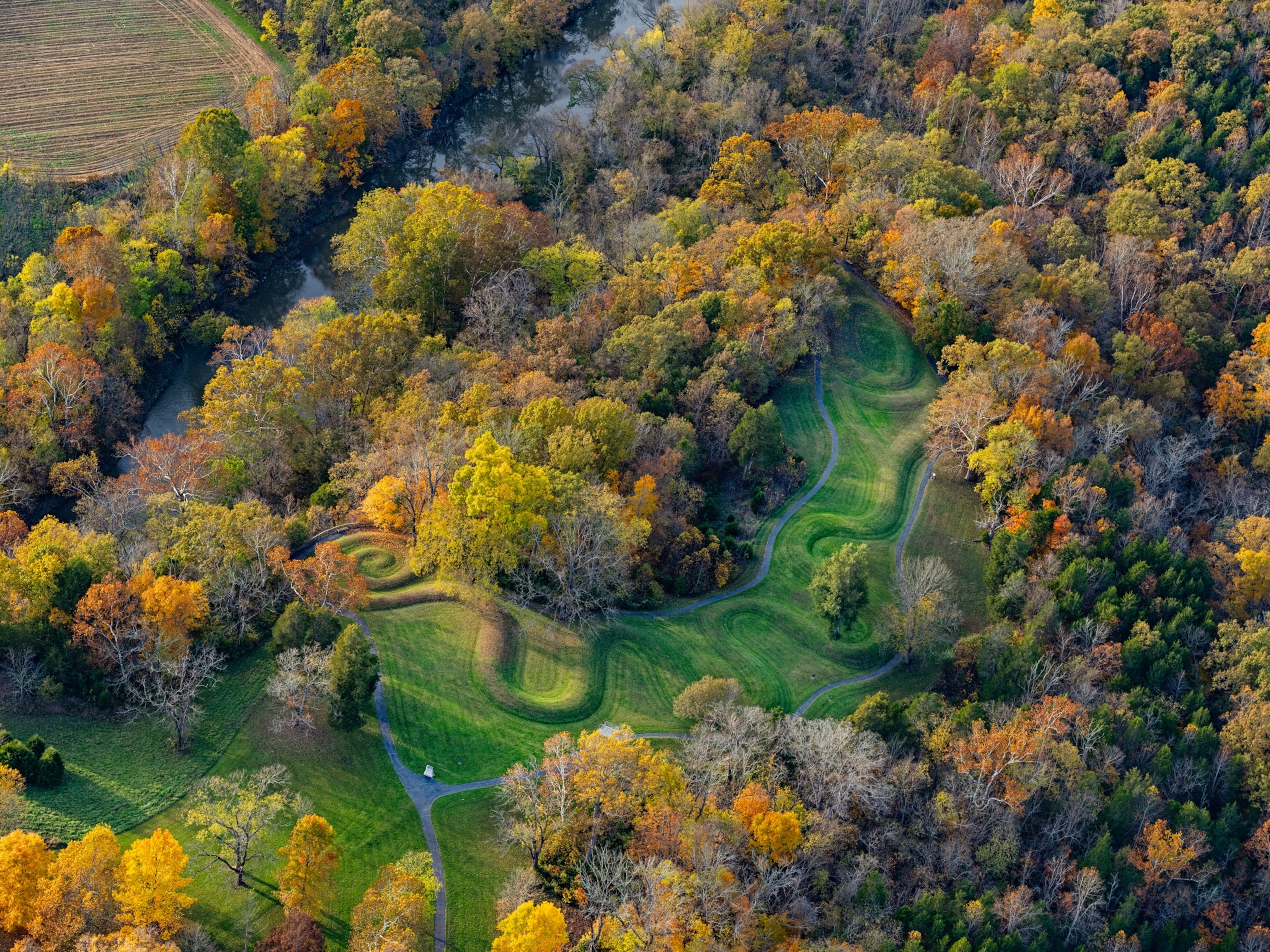



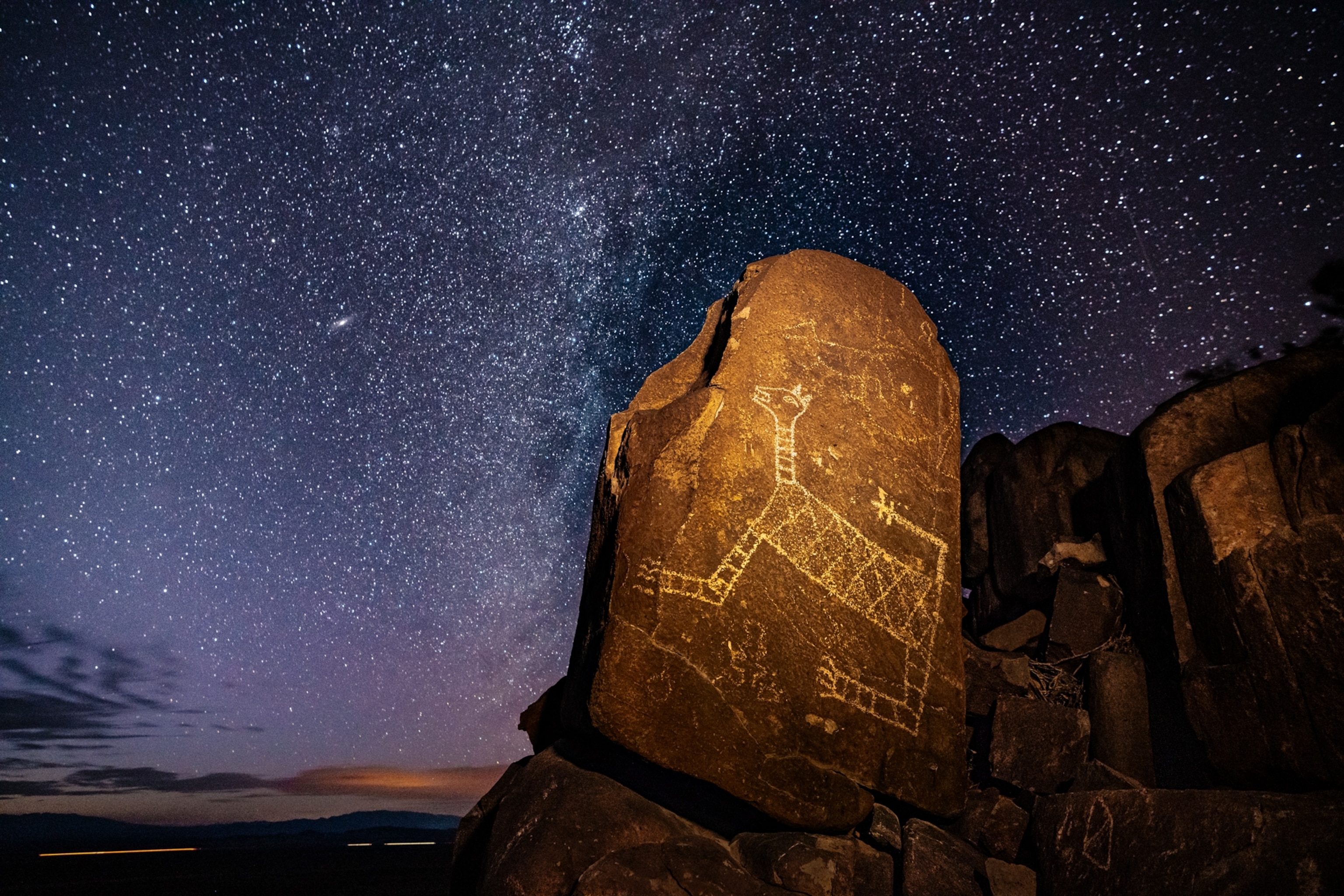
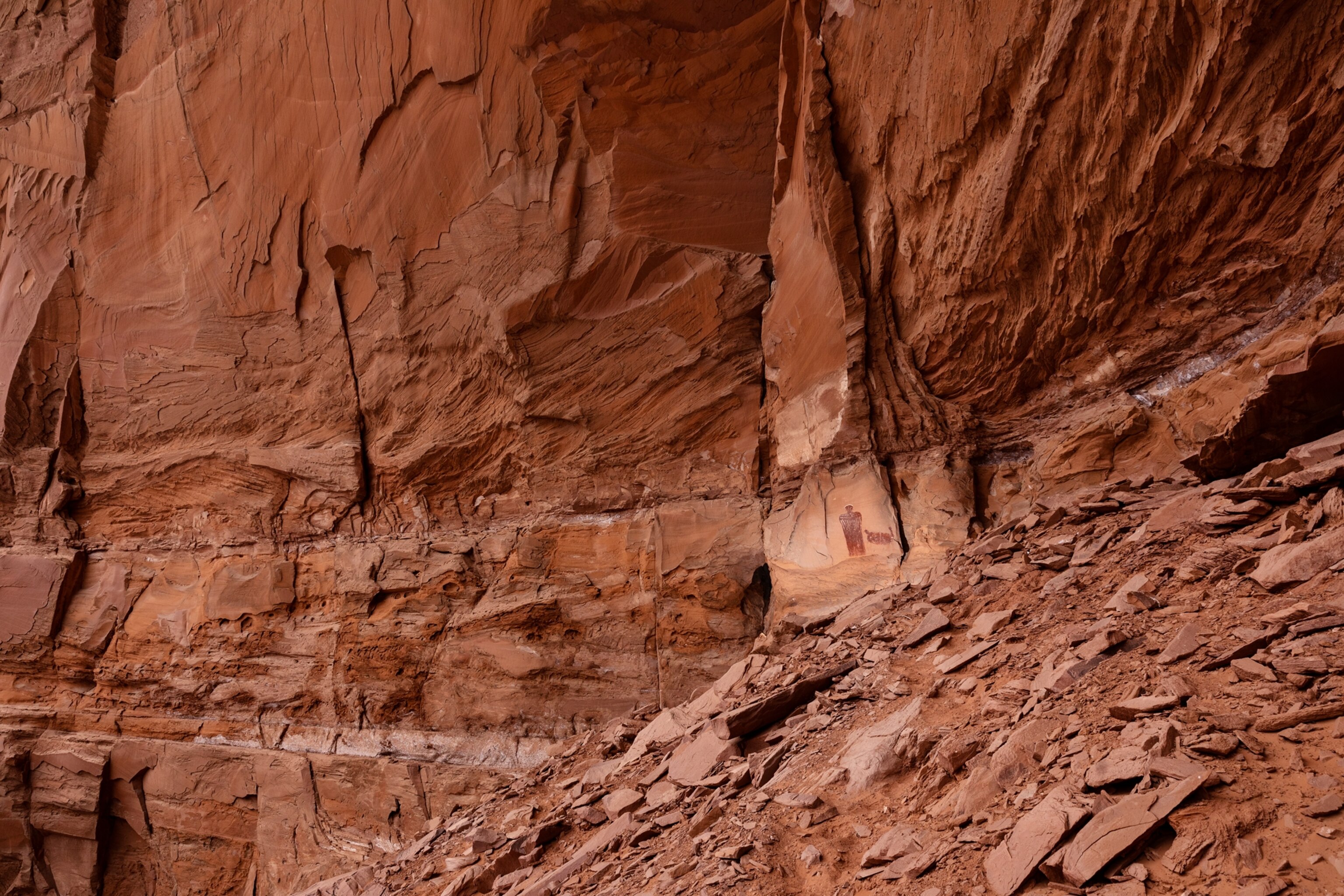

A Tlingit tribal member, Kate Nelson’s a 2024 40 Under 40 honoree of the National Center for American Indian Enterprise Development. Her stories often amplify Indigenous voices and topics, such as this issue’s feature on ancient art created by Native Americans.
Stephen Alvarez’s latest feature builds on his work as founder of the Ancient Art Archive, which preserves and shares humanity’s oldest stories. An Explorer since 2018, he shot his first Nat Geo article in 1995.
